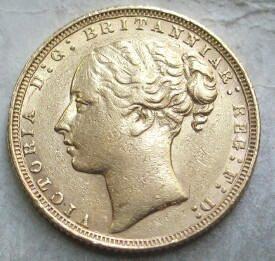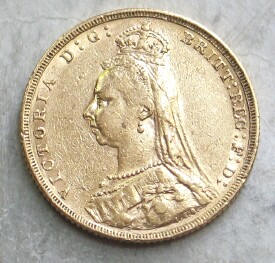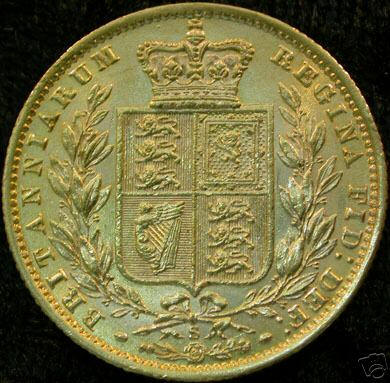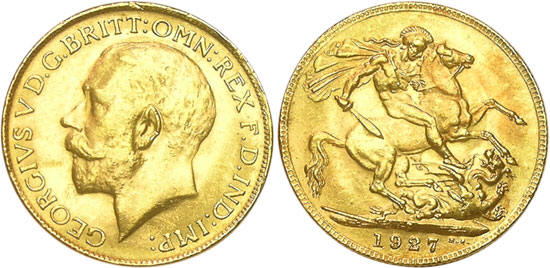

Search london history from Roman times to modern day
Here is a brief introduction to the gold sovereign
The gold sovereign, an English pound sterling existed as currency, in reality, until about the time of the first world war. Since then, the sovereign has continued to be produced, but largely as a lump of gold, with most transactions taking place using paper money, the earlier banknotes can often be more collectabe than gold. In more modern times, i has become a decorative item, often produced in 'proof'; which basically means the die is polished regularly, after a stamping of a small number of coins.
The sovereign is made from 22ct gold, 24 carat is pure gold, so 22 carat becomes 91.6% pure, hence the trademark which shows .916. You should be aware that many forgeries exist, either in 9ct gold, or even brass. If you intend to purchase any sovereigns, do so from a reputable dealer.
I have even seen coins that are just gold plated, passed off as sovereigns, be careful.
Here are some nice examples:
The markings around a coin are often indicative that this coin has been soldered to a pendant style mount in the past - this was quite normal, but detracts from the coins value.



Some of the earlier sovereigns exist with a shield on the reverse, commonly called 'shieldbacks', these ar usually more desirable than the common George & Dragon reverse. e.g.


Trying to avoid privacy and cookie settings overwriting content